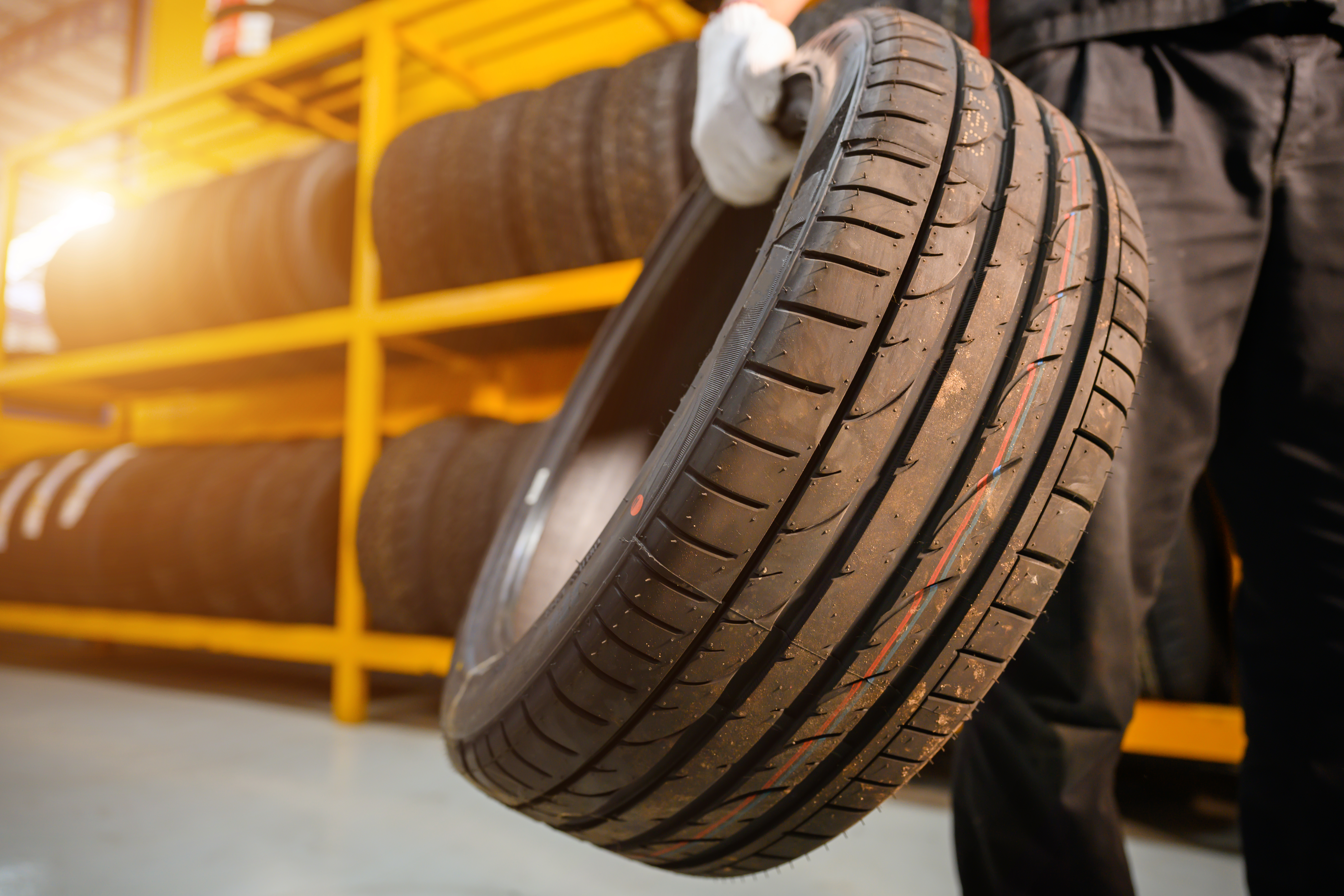
Knowing When and Where to Replace Tires
It will inevitably happen to every driver: as you’re proceeding along your merry way, you’ll notice that something feels…off. You may not be able to pinpoint the source at first, but you may notice that one side or corner of your car appears to be lower than the other(s). Or there may be some odd vibrations from your vehicle. Or you may hear some strange noises as you drive. Before you pop the hood and disassemble your engine, you may want to check your tires. Damaged, old, deflated, or uneven tires can be the culprit for all the aforementioned problems, and knowing when to replace tires is crucial for every driver. Of course, equally as important as knowing when to replace tires is knowing where to get them. If both questions have you vexed, there’s no need to worry- Kenny U-Pull has you covered!
Things to Check Before You Replace Tires
Obviously, you won’t replace tires on a whim. Here are some important things to check before you remove and replace your tires.
#1 – Visual Inspection
If you think you have a problem with your tires, the first and most obvious thing to do is to give them a careful visual inspection. Look for obvious deflation, rips or tears, or obstructions like an embedded nail or piece of metal or glass. You’ll also want to carefully look for signs of uneven wear, as that will factor into subsequent courses of action.
#2 – Inflation Levels
Finding that one of your tires has deflated is not an uncommon occurrence, and can be remedied quite simply by a quick visit to a garage or local gas station for a quick top-up. Of course, if you see that in the next day or two your tire is deflated again, or you have chronic issues with air escaping your tires, it’s time to consider replacing them.
#3 – Tread Depth
If you suspect it’s time to replace tires the best way to decide is to have them inspected by a professional. However, you can also check your tires yourself by measuring their tread depth. The standard depth for tire treads in Canada is 4/32” in the winter and 2/32″ in the summer; if your measurements are shorter than this it means your tires are worn and need to be replaced. Of course, you should also check that this measurement is uniform across the entire surface of your tire. If the measurement is shorter on uneven spots along the tire’s surface, you should consider replacing them.
#4 – Overall Age
By and large, replacing tires will depend heavily on the wear and tear they receive while driving, which are themselves dependent on factors like road conditions and the weather. If you live in Canada or northern parts of the United States, that means snowy and icy winters peppered with potholes in the spring. Under these conditions you should check to see if your tires need replacing every 3-5 years, to be safe.
One For All Or All For One?
Since the performance of your vehicle depends greatly on the performance of your tires, it’s recommended to replace all of them at the same time. This is to ensure uniformity and consistency in performance. However, if you find yourself having to replace only one or two tires, it’s recommended to find one that matches your other tires perfectly.
Replace Tires with Used Ones
If you have to replace tires, buying used ones is a perfectly good option. Reputable used auto parts dealers like Kenny U-Pull only sell the best in terms of quality when it comes to tires, as those deemed unserviceable are sold to recycling plants. Simply find the tires that match your make and model and reap the financial savings while sacrificing none of the performance!
To replace tires or inquire about any of our other goods and services, contact Kenny U-Pull today!


